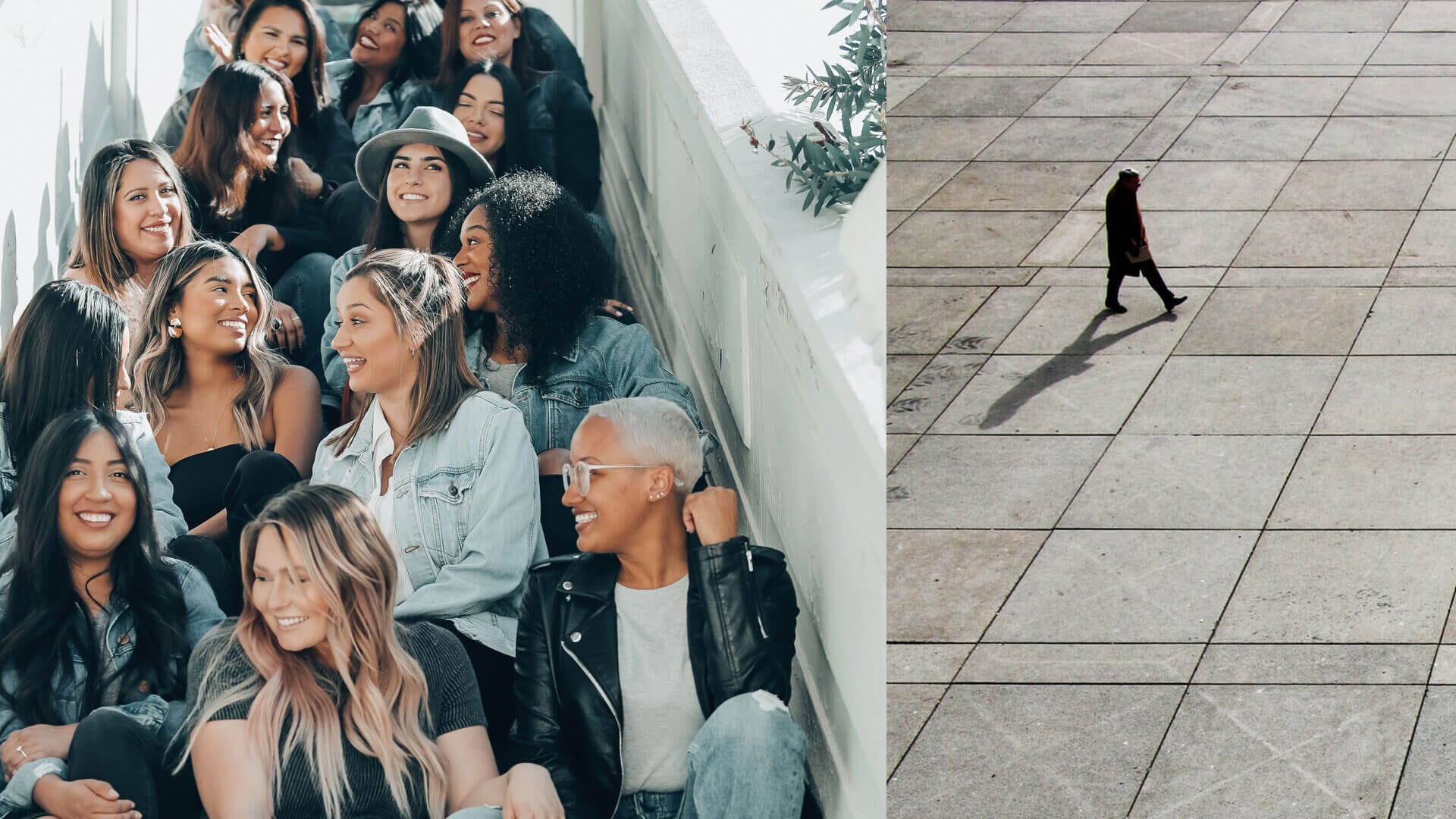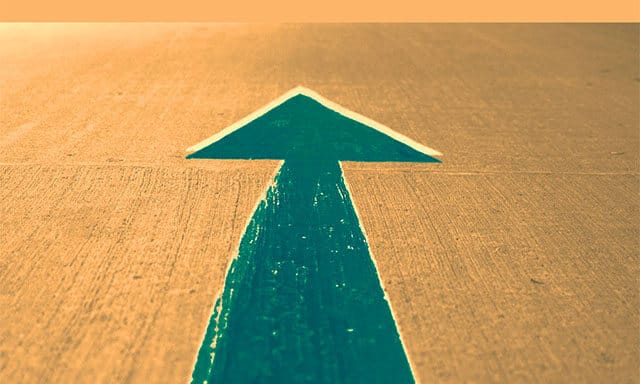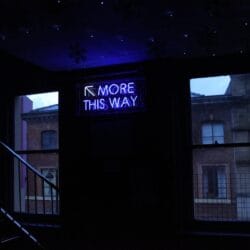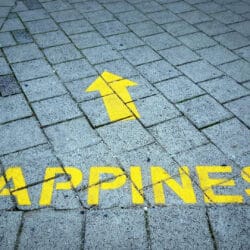There's probably not a soul in the world who doesn't want to achieve more in…
We may think we are more creative alone or when in groups, but psychology teaches us the answer is something different.
So, are we more creative alone or when in groups?
Often people ask us this question, so we thought we’d structure an article to help answer this conundrum.
Our answer though is actually really simple, and probably not what people want to hear who are firmly in one camp or the other, but we go on to explain why (which is interesting and useful to know).
Creative Alone Or When In Groups? The Answer Is Simple
The answer is actually quite simple. We need both. But let’s see why.
“Variety is the key towards creativity”
Richly Wills
There’s talk that we are more inspired and more focused when we take ourselves away from distractions, such as writing in a wood cabin. Yes, that’s true, we are creative then.


However, we also take in a lot more stimulus when we have other perspectives to be inspired by, so long as we are deliberate in our openness and not just mindlessly falling into conditioned bias from our peers or environment.
There’s been studies and arguments for decades now on which is more beneficial towards creativity, and the conclusion still isn’t here nor there. Thus, the soundest conclusion is to say, both.
It might sound like a cop out but really it just signifies the importance of variety within how we go about our life.
Why Is The Answer Simple (But Also Important)?
It’s also quite obvious when you think about it. When we set ourselves new challenges we have much more new stimulus to take in and learn. Our brain fires up more new connections than it would if just repeating a task it has done a thousand times.
When we repeat a task enough times we do become better at it to a certain point until it then just becomes stale and we fall more into a repetitive cycle and we find electrical connections don’t just stop firing new connections, but existing ones begin to falter too.
We clearly need to be doing something new with ourselves to keep our brains ticking, and our creativity thrives on new stimuli.
Thus, when we combined time working on our own and time working with others we have that happy mix in between where we get to stimulate and use different parts of our brain.
It’s like reading a book. When we read it, then listen to it, we fire different learning mechanisms, and we likely take more in about the book than if we just read it or listening to it. We get a different perspective when we read a book as to watching a movie too. We also learn differently passively and actively. Plus, we will get something different out of learning in varied environments from the same four walls all the time.
The Ideal ‘Ambivert’ Solution
To be successful creatively you need to ensure you vary your stimulus, and to see things from a different perspective. Take too long in one arena and it will soon become boring and uninspiring to a creative person.
The most creative people are generally more ‘ambiverted’ – here are 11 signs you are an ambivert. This is effectively the cross between an introvert and an extrovert. Someone who adapts and changes to their environment like a chameleon. They can be introverted in times that require individual focus or quiet, and they can be equally comfortable in an environment that requires more collaborative effort with others.
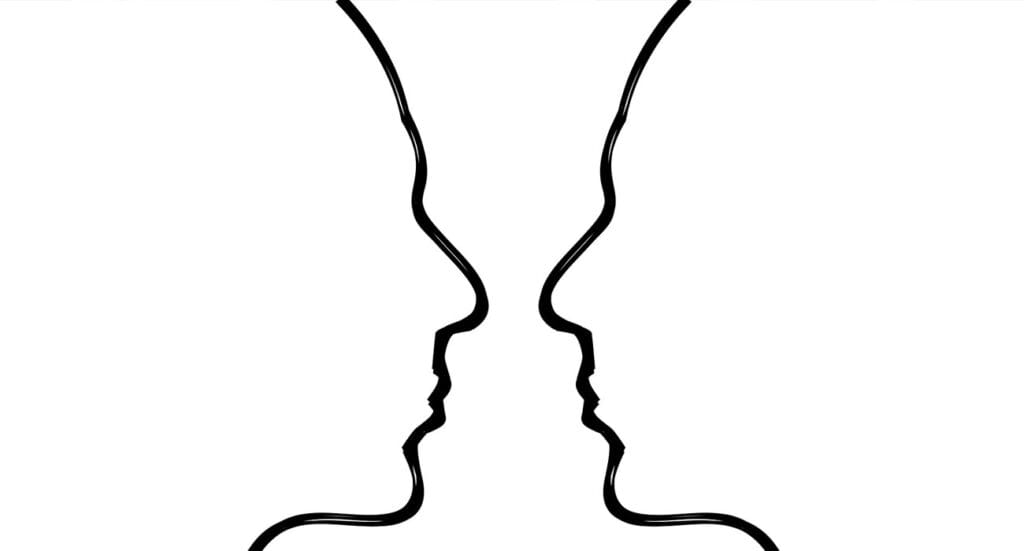

Why does this type of person excel in creative thinking?
Ambiverts simply have more strings to their bow. They realize that creativity can be enhanced when you are on your own or when you are in collaborative groups with others.
Yet, it’s not just a state of being on your own or in a group. You have to also apply particular creative strategies that differ when alone and when with others.
The Advantage & Strategy Of Creating Alone
The alone thinker excels in the more meditative and visualised concepting parts of creative thinking. When we have time to visualize, to daydream, to whitespace, we provide our mind the chance to wander and to piece together seemingly unrelated stimulus that has been floating about into what we coin ‘ideas’. It’s when noise turns into new information that was constructed through pondering different thoughts and combining them together.
Take a new, improved car. You can improve it because you had a blueprint to go on. When we think about how basic the inventions were in the past compared to today, that is only because they had much more limited blueprints to go on, whether consciously aware of it, or taking it in subconsciously. Today, we can seemingly create much more advanced solutions because a much more advanced blueprint is there to go off.
So, how does this connect to alone thinking and creativity?
With so much more influence out there we have many blueprints to take in. When we come up with a new idea it is usually a cross divide of two blueprints already around, we might just not be consciously aware of how we took that information in or how we paired it together to form a new idea.
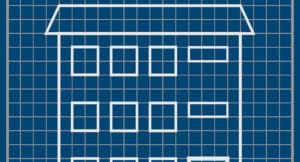

When we take more time to ourselves we allow much more time for all of these electrical stimulus and connections to ‘wire-up’. When we match them to a goal or purpose (even subconsciously) then we become more likely to stumble on a new idea when we give ourselves the time to day-dream and whitespace as such. Creative inspiration can blossom here as divergent thinking leads towards novel ideas and patterns.
It works best when we aren’t stressed or concerned about the need to reach expectations or fulfil daily responsibilities, or become pulled into peer pressure, environmental biases or outside influence. When we are alone we are less likely to be.
This is why there’s been studies that suggest procrastination is good for creativity.
However, procrastination isn’t enough to lead it into productive value.
When To Bring These Ideas Into Groups?
We are often asked – when is the best time to bring people together to brainstorm in groups?
We often answer – only when people have explored ideas individually first towards a target question.
It’s pretty common knowledge by now to know that our imagination fires up when we give ourselves time between the input and our output response. If we don’t then we simply revert to a preprogrammed response. We simply don’t create.
Many of us live each day with this autopilot function. It preserves energy, but it also is counterproductive and counter-creative.
This is because we need to fuel our creativity just as we would need to fuel our bodies to perform basic functions. We seem to be masters of it when it concerns our general wellbeing.
We would set some type of routine with basic tasks like eating and sleeping (although the creative mind is certainly more restless to these routines than a less creative one). We would go to the toilet when we need to. We don’t really think about it. It takes little energy and we just do it because our body craves it.
We aren’t as good at listening to our minds though. Our minds are much more complex and play tricks on us. We have such an array of emotions that we can confuse ourselves over what is best for us. This worry or fear leads to energy consumption and our solution is to cut things off and head back into autopilot.
So what has this got to do with creativity in groups?
We spend a large amount of our time just subconsciously taking in our surroundings, responding with well conditioned responses that give us more chance of fitting in and surviving. Being agreeable is absolutely less demanding to our energy than being disagreeable.
Yet, creativity arguably thrives more on being disagreeable. To come up with novel, original ideas we have to think outside of the box, we have to conceptualise something that isn’t already there.
That takes energy. So does communicating with other people, especially when we don’t know their thoughts or their likely response. We know our own, but we can never guarantee what others will think.


This means we have to stay on some kind of conscious alert and adapt to what they say with our mind also focused on our own ideas, and then actively and mindfully seek to find a common ground to work together towards a solution.
Basically, this requires a lot more energy than thinking alone, and it’s why we end up seeing many people fall into agreeable patterns of ‘yeah, let’s just do this as we know it’ rather than seek to revolutionize.
Of course, you don’t always have to revolutionize an idea, it can just be an added next step towards progress, but even small steps can feel like giant leaps in opinionated groups.
Anyway, the point here is that the creative process takes energy, and therefore we need to allow ourselves the energy to focus on our own ideas in alone time before we get sucked into the surrounding noise and external stimulus that others bring.
This isn’t to say we don’t listen to other people’s ideas, we absolutely do need to, and that part comes in soon, but at first, it’s important to be actively aware of how our mind best functions for imagination and for our memories.
When we give our mind room and energy to zone out into whitespacing, we start to transport the new stimulus we take in around us into our deeper learning center, our memories. The hippocampus stores these new memories to call upon later as needed.
You can see why it is important to have new stimulus, to develop our learning and memories, but we have to be careful in the manner in which we do so around others.
If we take in memories that are in effect just biased interpretations from our environment, in order to fit into a group or so forth, then we aren’t lighting up our creativity, we are dampening it as it is becoming more tunnel-vision biased.
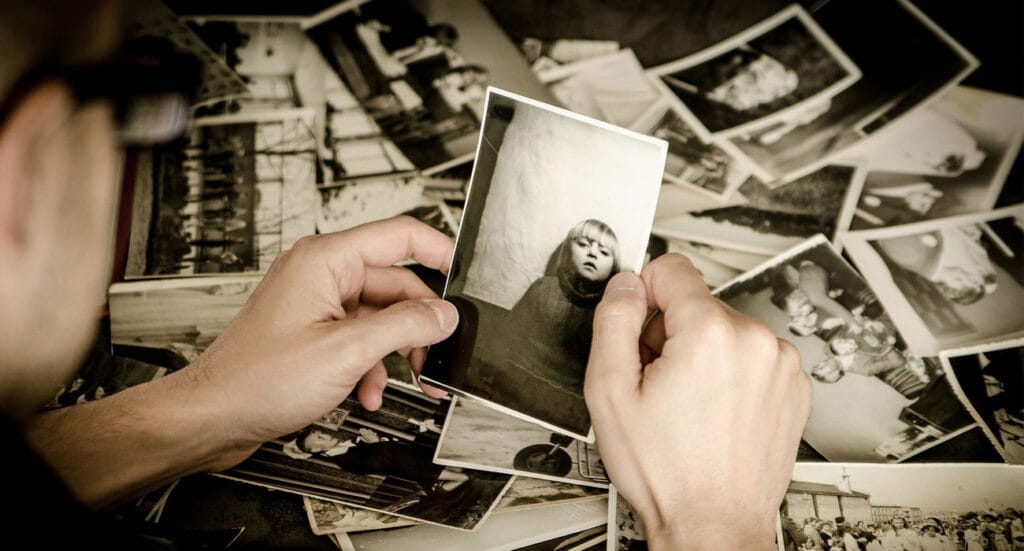

We often do this to make our life seem easier, to again preserve energy. It’s much easier to be agreeable and to follow suit than it is to burn energy creating and coming up with our own interpretations.
So, when we take something in that is heavily influenced by an outside interference first we just line ourselves up to have much more rigid ideas. Over time we don’t see anything else.
However, if our mind is allowed to become flexible in stimulus, to begin with, we end up seeing outside influence in a much different light.
Our memories are then shaped less by ingrained bias from the need to fit into an environment and more from a curiosity to explore what we don’t know.
The Advantage & Strategy Of Creating In Groups
It is when we reach this point that we can safely engage in the collaborative efforts with other people. It might sound like a long process but in real terms it’s actually very quick to get to this point, it simply requires some alone time to ensure the stimulus has time to form into imagined ideas and memories between our input and output.
As there’s no outside influence to disturb the process beforehand, when we come together to discuss ideas with other we now have these new memories and varied stimulus to act as a catalyst for creative breakthroughs.
On top of this, the interaction with other people help promote these memories and stimulus to the fore. It’s why we are often best to study at first alone and then get involved in group brainstorming only after we have a firmer understanding of a subject.
We may think we come up with ideas best when we have more brains to work together, but we have to ensure we speak the same language first, and that we each have something different to bring to the table.
We get nowhere in productive co-creativity if we can’t communicate, or if we just agree with everyone being afraid to potentially say something that might provoke a different response to the accepted norm.


It’s no wonder that when we take stifled limitations out the equation, like stuffy corporate brainstorming environments, and we head to a more natural setting like a bar that ideas and conversation just starts to flow more naturally.
It’s not just the ease of setting, but the allowance of saying what we think without judgment, and the knowledge that we are all on the same page working towards a collaborative solution that counts.
A way to do this effectively in groups is to allow everyone to put their ideas forward through post-it-notes and to discuss the merits of each idea, and how it helps answer the target question, problem, or brief. It doesn’t become about an energy-draining ‘who’s idea is best’ popularity contest, it becomes a collaborative team effort together to move the best ideas forward to the next stage of the process.
It’s also no wonder that ambiverts make for better leaders as they can see the advantage in this quiet-to-collaborative approach towards progress that engages energy rather than drains energy.
Alone, Together, Alone, Together
It’s an iterative process though. Whenever ideas within groups are starting to fade or go around in circles the best solution is to separate to alone space again and allow each person the time, space, and electrical energy to fire up again. It’s like having a sleep to recharge. We need alone time to allow so much stimulus around us to be processed or discarded.
We have so much information overload today that we actually have to find alone time more often than we did when the stimulus wasn’t as overwhelming.
We are like full hard drives that constantly need to be cleaned and defragmented today when really the best solution would be to upgrade, and in human terms that means finding more time to recharge alone and boost our creative functioning further, and to ensure when we do hit group work that it isn’t too unfocused and directionless – enough to spark stimulus but not to derail it with information overload.
This dance between alone time and group time is important to ensure we keep coming up with new connections on our own and storing them in our memory bank, and developing stimulus in groups that trigger those ideas further, and back again.
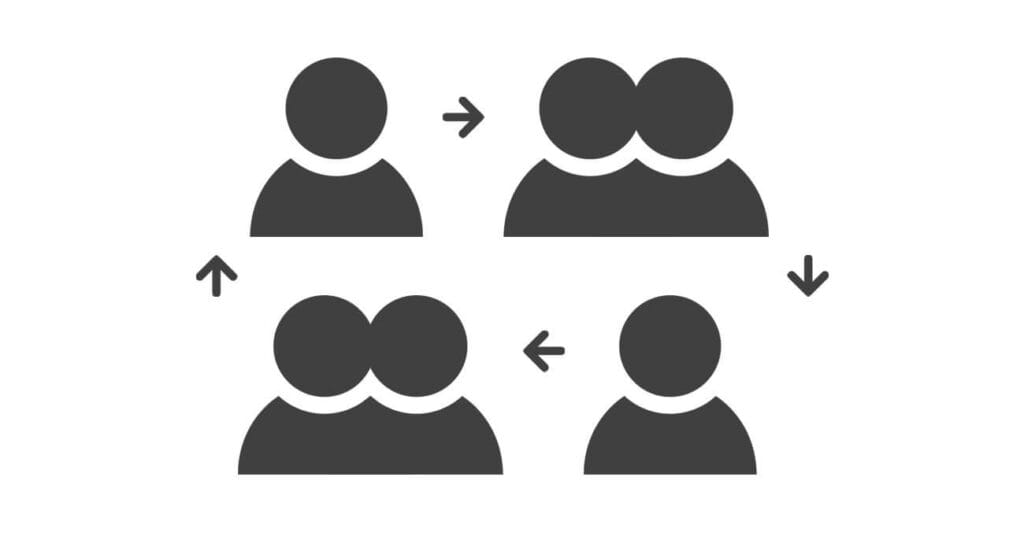

Our brains function better when we allow room to breathe, think, to mull over. Yet we live in a world that has taught us to cram for exams despite so much evidence pointing to better exam results going to those who both visualize and sleep well the night before, rather than cram extra information in.
We simply can’t have too much stimulus floating around at the same time. We need room for it to process and infiltrate. Our creativity is no different. It is quality over quantity when putting good ideas to use, even if it appears like we need constant stimulus to ignite creative sparks. We do need stimulus, but what’s more important is how we process it.
To Sum Up. Are We More Creative Alone Or When In Groups?
Both, but the best process seems to be to discuss the brief first with flying into group brainstorming, feed into alone time, then come back to groups, then to alone time and back to groups again. To see this creative process in action for group brainstorming see the article ‘How To Brainstorm Effectively In Groups In Less Than An Hour‘.

